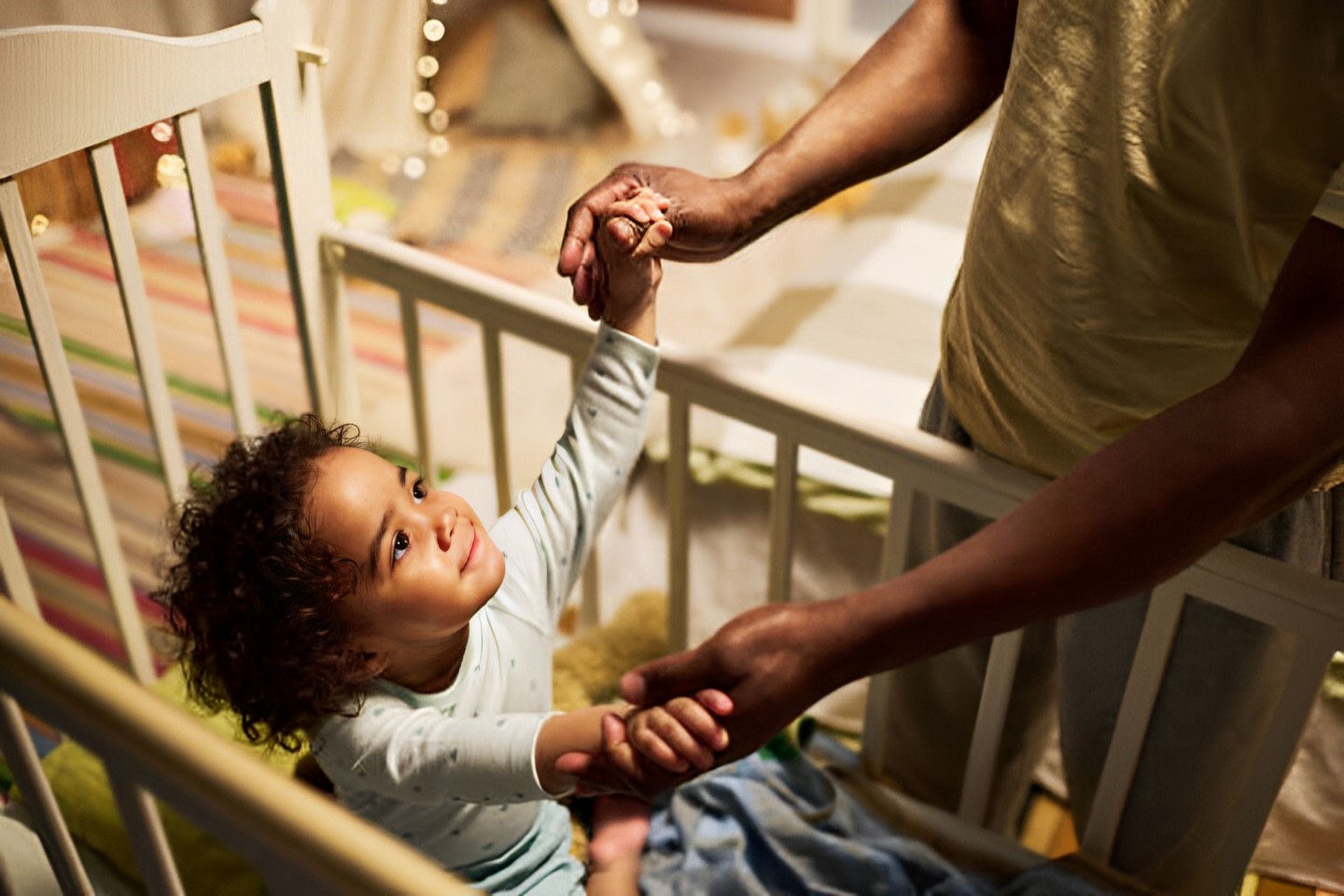
Baby-Proofing Rental Properties: A Safe Haven for Young Families
For families with young children who are renting their homes, ensuring a safe and child-friendly environment is of the utmost importance. Baby-proofing rental properties involves taking proactive steps to minimize potential hazards and create a safe haven for infants and toddlers. This article provides practical tips and guidelines for baby-proofing rental properties, allowing families to maintain a secure living space while adhering to lease agreements and minimizing damage.
- Communication with the Landlord:
a. Open Dialogue: Initiate a conversation with the landlord or property manager to discuss the intention of baby-proofing the rental property. It is essential to understand any restrictions or guidelines outlined in the lease agreement regarding modifications or changes to the property.
b. Written Agreement: Consider requesting written permission from the landlord for specific baby-proofing modifications, ensuring both parties are on the same page and have a clear understanding of the expectations. - Identify Potential Hazards:
a. Thorough Inspection: Conduct a comprehensive walk-through of the rental property to identify potential hazards, such as electrical outlets, sharp corners, dangling cords, unstable furniture, and accessible cleaning supplies.
b. Safety Checklist: Create a checklist of common baby-proofing measures to ensure that no crucial areas or items are overlooked during the baby-proofing process. - Temporary Baby-Proofing Solutions:
a. Outlet Covers: Install outlet covers or plug protectors to prevent children from inserting objects into electrical outlets.
b. Cabinet Locks and Latches: Utilize non-permanent cabinet locks or latches to keep cabinets containing cleaning supplies, sharp objects, or potentially harmful substances out of reach.
c. Corner Protectors: Attach soft corner protectors to furniture edges to reduce the risk of injury from sharp corners.
d. Cord Management: Secure cords from blinds, curtains, and electronics out of reach or use cord shorteners to eliminate potential strangulation hazards.
e. Furniture Anchors: Ensure that heavy furniture, such as bookshelves and televisions, is securely anchored to the wall to prevent tip-overs. - Temporary Modifications:
a. Pressure-Mounted Gates: Install pressure-mounted safety gates at the top and bottom of staircases or in areas where access needs to be restricted.
b. Door Handle Covers: Use door handle covers to prevent children from opening doors leading to hazardous areas, such as the bathroom or basement.
c. Toilet Locks: Attach temporary toilet locks to prevent children from accessing the toilet bowl or getting their fingers caught in the lid. - Removable Adhesive Hooks and Strips:
a. Removable adhesive hooks and strips can be used to secure loose cords, hang lightweight items out of reach, or mount baby monitors securely without damaging the walls or surfaces. - Stair Safety:
a. Stair Gates: Install removable stair gates at the top and bottom of staircases to prevent falls and accidents. - Window Safety:
a. Window Locks and Guards: Ensure windows have functioning locks and consider using removable window guards or window stops to prevent children from opening windows too wide or falling out. - Regular Maintenance:
a. Regularly inspect baby-proofing measures to ensure they remain secure and effective. Make any necessary adjustments or replacements promptly. - Documenting Changes:
a. Document any baby-proofing modifications made to the rental property, taking photographs before and after the installation of temporary baby-proofing solutions. This can help during move-out inspections and ensure a smooth transition when restoring the property to its original condition. - Restoring the Property:
a. Prior to moving out, carefully remove all temporary baby-proofing measures and restore the property to its original condition, as agreed upon with the landlord. Repair any minor damage caused by the baby-proofing process to maintain a positive relationship with the landlord and ensure the return of the security deposit.
Conclusion:
Baby-proofing a rental property is essential for creating a safe environment for young children while respecting the terms of the lease agreement. By effectively communicating with the landlord, identifying potential hazards, and implementing temporary baby-proofing solutions, families can ensure their rental property is a secure haven for their little ones. Remember to prioritize regular maintenance, document changes made, and restore the property to its original condition upon moving out, fostering a positive relationship with the landlord and ensuring a smooth transition for future tenants.







Comments - 1
What to Keep Away from Your Kids' Room: A Safe Guide - Blavior
[…] a safe environment in your child’s room is an ongoing process that demands continuous attention and adjustments as they grow. Regularly […]